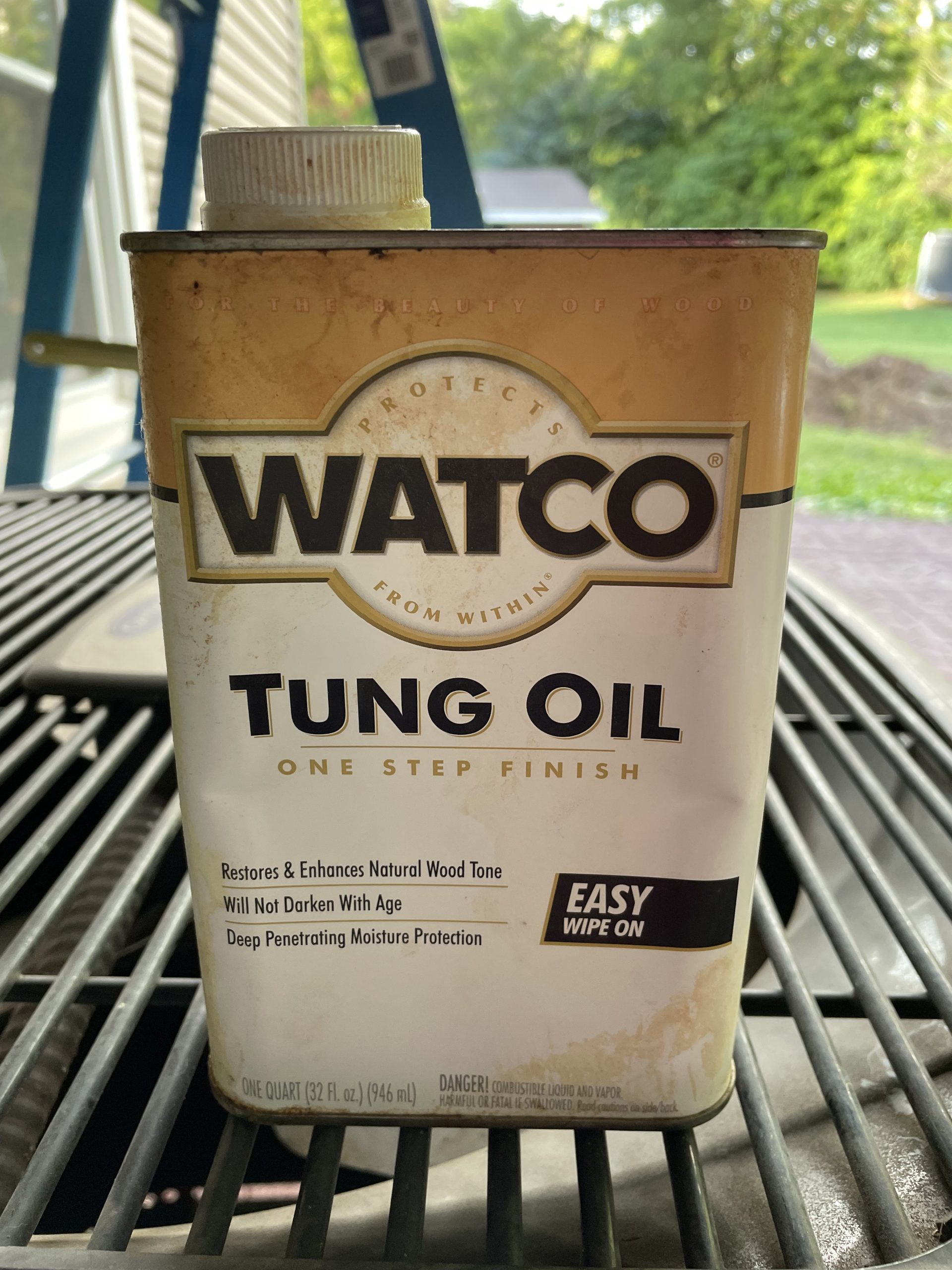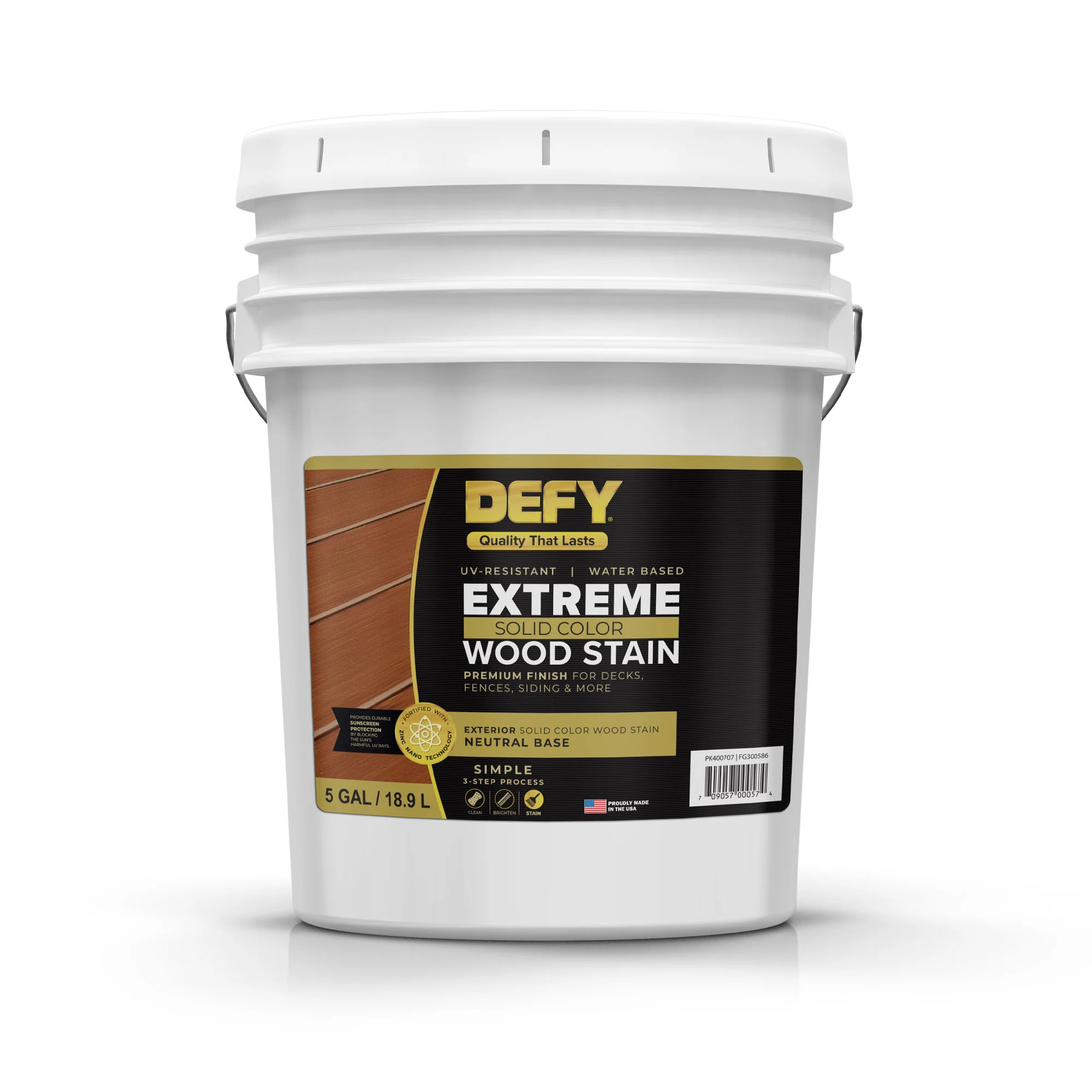Last Updated on January 10, 2025 by Defy Help
2025 Update on Oil Based Deck Stain Myth
Are Oil-Based Deck Stains Better Than Water-Based Stains?
The debate between oil-based and water-based deck stains has been around for years. While oil-based stains have long been a staple in the industry, advancements in water-based technology have shifted the narrative. Let’s explore the myths and realities of oil-based stains versus water-based alternatives.
The Legacy of Oil-Based Stains
Oil-based stains have been the go-to choice for decades, providing reliable protection for wood siding, cedar shakes, decking, and fencing. Their deep penetration into the wood fibers and durability made them a favorite among contractors and homeowners alike. However, many beliefs about oil-based stains no longer hold true due to the evolution of stain technology.
The Myth: Oil-Based Stains Are Better
While oil-based stains were once considered superior, water-based stains have made significant advancements in recent years. A perfect example is Defy Extreme, an industry-leading water-based stain that demonstrates how far these products have come.
Breakthrough Technology in Water-Based Stains
Defy Extreme uses cutting-edge nano-technology and high-grade resins to reflect and absorb harmful UV rays. This innovative approach offers:
- UV Protection: Nano-particles act like sunscreen for your wood, preventing fading and greying caused by sunlight.
- Durability: High-performance resins ensure long-lasting protection against the elements.
- Eco-Friendly Benefits: Water-based stains are lower in VOCs, making them safer for the environment and easier to clean up.
Why Consider Water-Based Stains?
- Performance: Modern water-based stains, like Defy Extreme, rival or even surpass the durability and protective qualities of oil-based options.
- Environmental Impact: Water-based stains are more eco-friendly, with lower VOC emissions and easier disposal.
- Ease of Use: They dry faster, are easier to clean, and resist mildew better than traditional oil-based stains.
The Verdict
While oil-based stains still have their place in the market, water-based stains have proven themselves as a strong contender, if not the superior choice, for many applications. With advancements like those found in Defy Extreme, the myth that oil-based stains are inherently better no longer holds true.
We’d love to hear your thoughts on this topic! Share your experiences with oil-based or water-based stains in the comments below, and feel free to upload pictures of your completed projects—we’re always excited to see your results!
This new technology helps reduce water infiltration, prevents fungal growth, and stops UV damage. This type of water-based stain lasts longer than past generations of water type stains. This nano-technology increases the stain’s performance by 200-600%, which is unheard of. Perhaps this eradicates another myth that oil-based stains last longer or are more durable. This just is not true with this new light stabilizing technology.
Another oil-based stain myth may be that oils are safe for the environment. Most oil-based stains are in fact not safe for the environment. In fact, some oil-based stains are banned in some states due to VOC compliance laws. Water-based stains are eco-friendly and are available and can be shipped to all 50 states. The fact is that oil-based stain myths have been busted by recent water-based stain technology and the evidence is there to support it.




I have a mildew cleaner question. I have Defy Extreme Hardwood cedar-tone semi-transparent on the first five feet of white cedar clapboards on the side of my house. Above that I have ten feet of sanded (bare) clapboards. It’s been raining most days since spring, which is very unusual for New Hampshire. Mildew has set in on both the stained and, to some extent, the unstained clapboards. I am most concerned about getting the mildew off the bare clapboards, so that if it ever quits raining, I can stain those boards. Is there a cleaner I can use on both the bare and stained clapboards? I ask because the cleaner is going to run down onto the stained boards when I clean the bare boards, unless I am really, really careful. Thanks!
Whatever you use to clean off the mildew will damage/discolor the stain below to some extent. It will not be possible to prevent this.
Do I need one coat or two? I am staining the exterior walls of my house with Defy Hardwood Stain. I will be staining cedar clapboards that I have stripped and brightened it. Your online instructions are deck oriented but mention that only one coat is needed for vertical surfaces like fences. Can I assume from this that I only need one coat on my cedar sided house?
It depends on how rough or absorbent the wood is? Do you have pictures?
Most of the clapboards have a corduroy texture with relief 1/64th inch, more or less. A scattered few clapboards have coarser relief.
Two coats wet on wet. Spray on light first coat and then back brush a second.
Unfortunately the forecast is windy and there are a lot of windows to cover-up with not much wood between. I’d prefer to use a brush alone but the stain might lack body to hang on a brush. Could I use a roller or stain pad to get the stain onto the wood and immediately brush it out? I’d then do a light wet-on-wet with the brush alone.
You can do two coats wet on wet with a brush or stain paid. Do not roll.
The front of the house looks great so far! I will do the other three sides next summer. I had hoped the wood would soak up more stain. My moisture meter said the wood was dry. The first coat of Defy soaked up readily. A minimal second coat did not soak up and there is a shine. The previous stain was Olympic Maximum Clear Penetrating Acrylic/Oil Formula and I have a hunch it had paraffin oil/wax in it from looking into the old paint can. Stripping must have removed the surface part of the old stain, but what about the old penetrated stain? Thankyou!
Looks great so far. We are not seeing much of a shine or any shine. You should be fine with how you are applying.
We doubt the paraffin is causing any issues.